The 'Sunny 16 Rule', an easy way to set your camera’s exposure if you are shooting fully manual or with a fully manual camera, says that 'On a sunny day set aperture to f/16 and shutter speed to the [reciprocal of the] ISO film speed [or ISO setting] for a subject in direct sunlight.' This means that with the camera set to a film speed of ISO (ASA) 100 film, the aperture is set to f/16, and the shutter speed to 1/100 or the nearest available on the camera. When ISO (ASA) 200 film is used, set the aperture at f/16 and set the shutter speed to 1/200 or 1/250 second.
The shutter speed setting can be changed if the f-number is altered to compensate, e.g., 1/250 second at f/11 gives equivalent exposure to 1/125 second at f/16. The adjustment is done such that for each stop in aperture increase (i.e., decreasing the f-number), the exposure time has to be halved, and vice versa. For a shallower depth of field, you can open up your lens by up to three stops to f/5.6 and compensate with a three-stop-quicker shutter speed of 1/1000 sec.
On the same token, set the start aperture to f/11 if it’s cloudy, f/8 for an overcast sky, f/5.6 for thunderclouds, and f/4 for Golden Hour shots. For very bright scenes (like snow or other highly reflective surfaces), go the opposite way and use f/22. You may remember that aperture, shutter speed, and ISO make up what is referred to as the exposure triangle, and they work in a way that if you increase/decrease one variable, you have to increase/decrease one of the other variables to keep the exposure the same.
While photos taken with the Sunny 16 Rule may not always be exposed perfectly, it does help you on how to use the ISO, aperture, and shutter speed settings on your camera manually, and maybe prepare you for the eventuality of having the use of only a fully manual camera for your next photo shoot.
The Nikon D80
I had the chance to reminisce about the rule recently, as I acquired a vintage 10MP CCD Nikon D80 and was trying to figure out how to use the camera with a batch of equally vintage Nikkor and Nikon Series E lenses, with the Series E 35mm 1:2.5 as one of them. The enthusiast-grade D80 is also fitted with the standard Nikon 'F' lens mount, complete with the AF screw drive mechanism, which means that the D80 can be mounted with almost all F Mount Nikkor lenses including G- and D-type AF Nikkors.
Missing from the D80 is, however, the 'Non-CPU Lens Data' menu item for entering information about non-CPU lenses, and the aperture-indexing finger for full-aperture metering with older 'AI' lenses. This means that the D80 will not normally, other than in Manual mode, operate when mounted with old-school manual focus lenses. Metering is defunct as well, and you are stuck with the option of setting the ISO, shutter speed, and lens aperture opening manually.
What I appreciate the D80 having, for my aging eyes, is the focus confirmation rangefinder, which works with all the lenses I have tried, and it works even without registering the lens data with the camera. The focus confirmation dot, which lights up when the subject point is in focus, is displayed on the leftmost location of the LCD bar at the bottom of the viewfinder screen.
Setting the D80 up for fully manual exposures is simple and straightforward, which is sequentially setting the ISO speed from the Shooting Menu display, turning the exposure mode dial to 'M', setting the aperture opening of the lens to the ambiance of the scene, and setting the shutter speed, which will be displayed on the top LCD panel of the camera, and you are ready to go.
Early Images
Another adage I am following for the black-and-white digital images published here is to shoot in color and do the monochrome conversion as a follow-up on the desktop image editor. If you are using the option of shooting in black-and-white from the start, the camera will make its own decision on how the image will look, and you may not have enough artistic control over the image for post-processing.
As an initial start, the image above was shot under a very overcast sky with the ISO speed set to 100, the aperture down to f/3.5 with the shutter speed at 1/100 second, and tweaked on the desktop image editor with Auto Tone Correction, Tone Curve, Brightness & Contrast, and Unsharp Mask, before it was given the Monochrome & Sepia overlay, with the B&W filter set to Green, and image Contrast increased to 50%.
On the 1.5x crop frame of the D80's APS-C sensor, the 35mm Series E lens is equivalent to a 52.5mm lens on a 35mm full-frame camera. still considered within the range of a 'normal lens,' a lens that reproduces a field of view that appears 'natural' to the human observer.
These early images look well enough for me to consider continuing using the D80, despite it being an advanced digital SLR camera, as a fully manual exposure camera with which I can use to enhance my exposure to the Sunny 16 Rule, and the selection of vintage and old-school manual focus primes that I have in my collection.
The CCD Sensor
CCDs, as we know them, were the standard for camera sensors from the early '80s till the late 2000s. The sensors were acknowledged for their low noise and high-quality images they were able to capture and render, which, to some extent, were almost film-like. Though replaced on the digital camera by the CMOS variety, more for production technology reasons rather than the quality of images they produced, CCDs are still used in areas of specialized photography, including Optical Microscopy, Space Photography, and Near-Infrared imaging.
CCD photography, an option that is seen as an alternative to the ever-increasing cost of film for film photography and its associated development timeline costs, is experiencing a resurgence that looks likely to snowball as more enthusiasts join the trend.

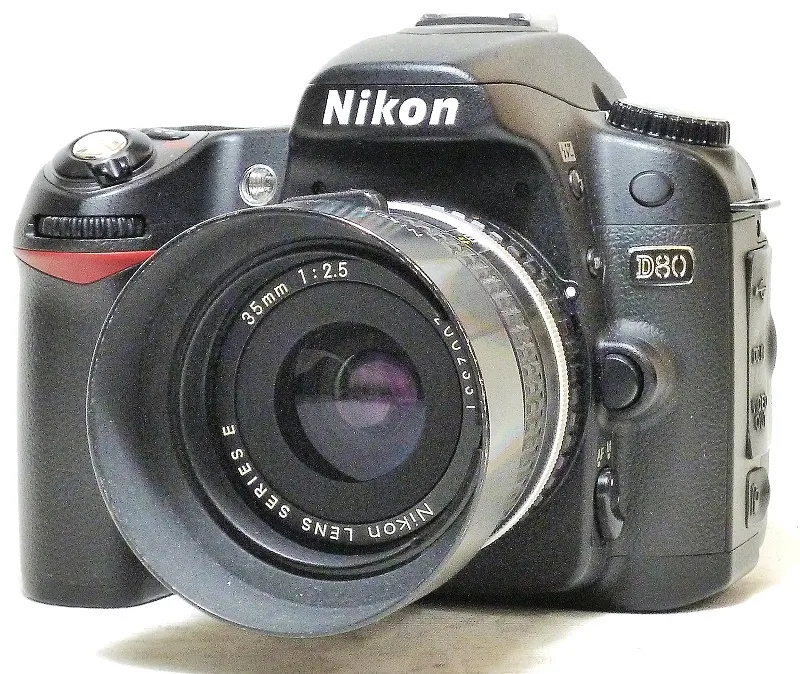
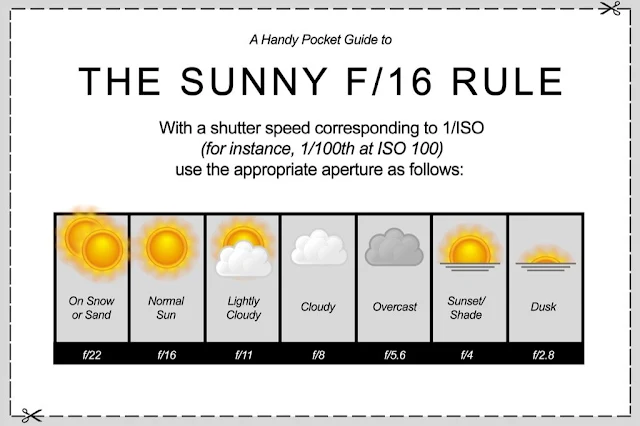

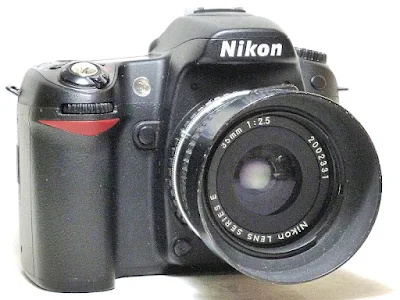




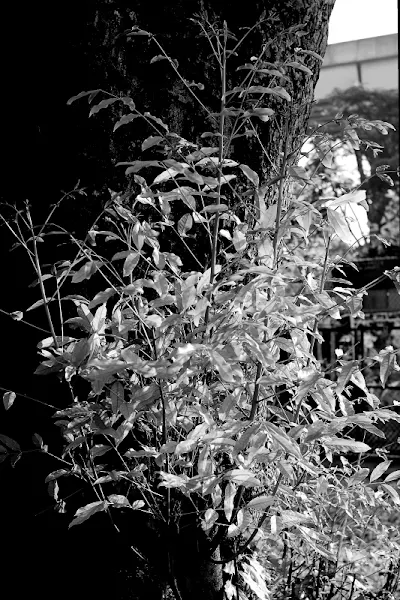
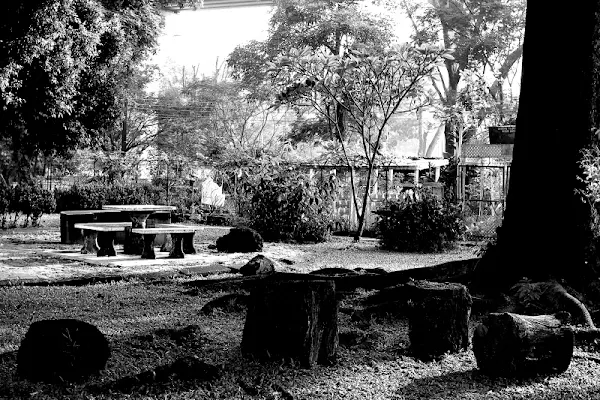
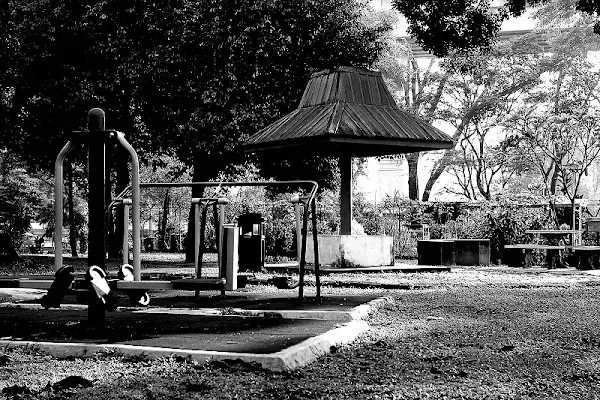
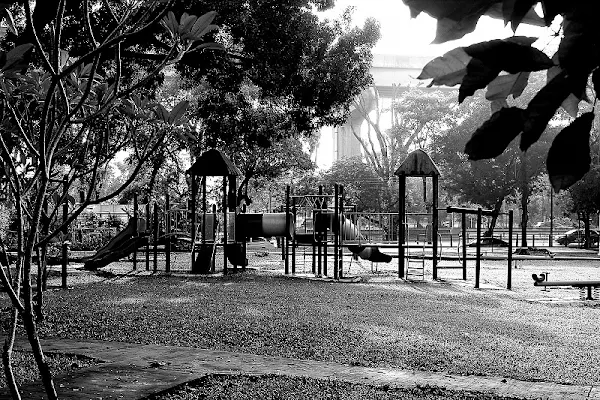

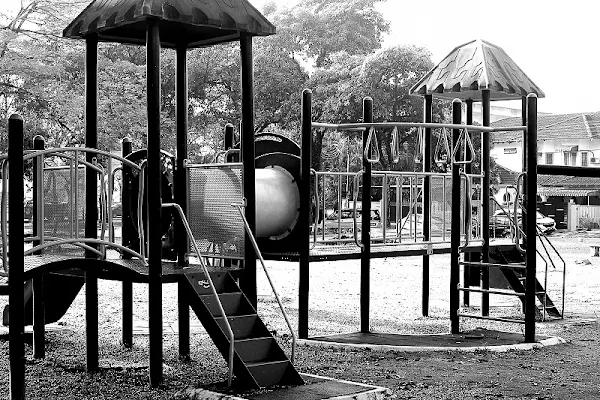
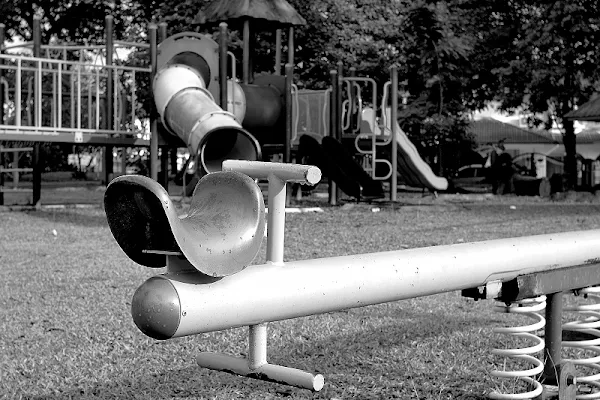












No comments:
Post a Comment